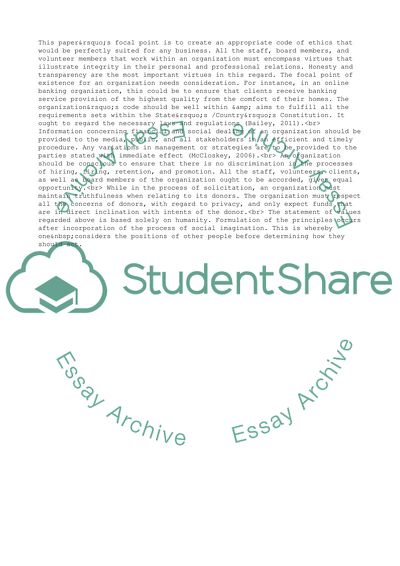Cite this document
(“Code of Ethics Research Paper Example | Topics and Well Written Essays - 2500 words”, n.d.)
Code of Ethics Research Paper Example | Topics and Well Written Essays - 2500 words. Retrieved from https://studentshare.org/business/1676764-code-of-ethics
Code of Ethics Research Paper Example | Topics and Well Written Essays - 2500 words. Retrieved from https://studentshare.org/business/1676764-code-of-ethics
(Code of Ethics Research Paper Example | Topics and Well Written Essays - 2500 Words)
Code of Ethics Research Paper Example | Topics and Well Written Essays - 2500 Words. https://studentshare.org/business/1676764-code-of-ethics.
Code of Ethics Research Paper Example | Topics and Well Written Essays - 2500 Words. https://studentshare.org/business/1676764-code-of-ethics.
“Code of Ethics Research Paper Example | Topics and Well Written Essays - 2500 Words”, n.d. https://studentshare.org/business/1676764-code-of-ethics.


